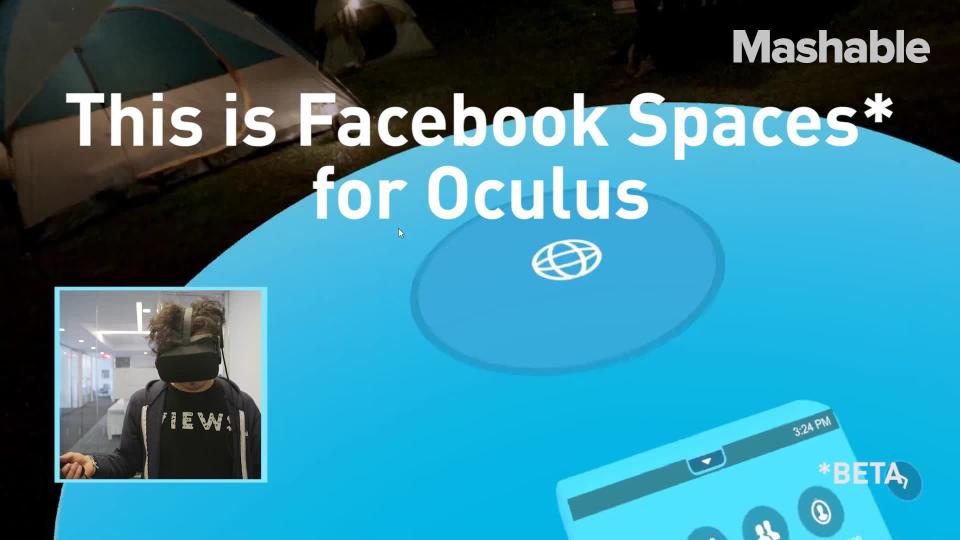Facebook's AR glasses take center stage in newly published patent

The world just got a sneak peek at a feature Facebook's working on to make its highly anticipated AR glasses a reality.
According to a patent published Thursday, the device "may augment views of a physical, real-world environment with computer-generated elements" and may "be included in an eye-wear comprising a frame and a display assembly that presents media to a user's eyes."
SEE ALSO: Watch the weird new trailer for Oculus' first full-length VR movie
The so-called waveguide display with two-dimensional scanner, which is being developed by Facebook's virtual reality arm Oculus VR, could be used in virtual reality, augmented reality, mixed reality, or a combination of the three.
While that sounds intriguing, before diving deeper into the patent's specifics, remember that Oculus' chief scientist said at F8 that always-on AR glasses are at least five years away.
Now, with that grain of salt, check out some of the patent application's pictures:

Image: United States Patent and trademark office

Image: united states patent and trademark office
The waveguide display will use lasers, scanning mirrors, and other elements to present images and video. The lasers will emit light onto the lens displays, which will transform into images and video that will be projected into the user's eyes, according to the filing.
Future wearers can potentially look forward to viewing AR with coordinated audio via connected speakers or headphones.
Interesting to note: One of the three inventors listed on the patent is Pasi Saarikko, a former Microsoft engineer who worked on HoloLens tech, specifically optical design.
WATCH: Taking a virtual selfie in Facebook Spaces is mind-boggling


 Yahoo Finance
Yahoo Finance 